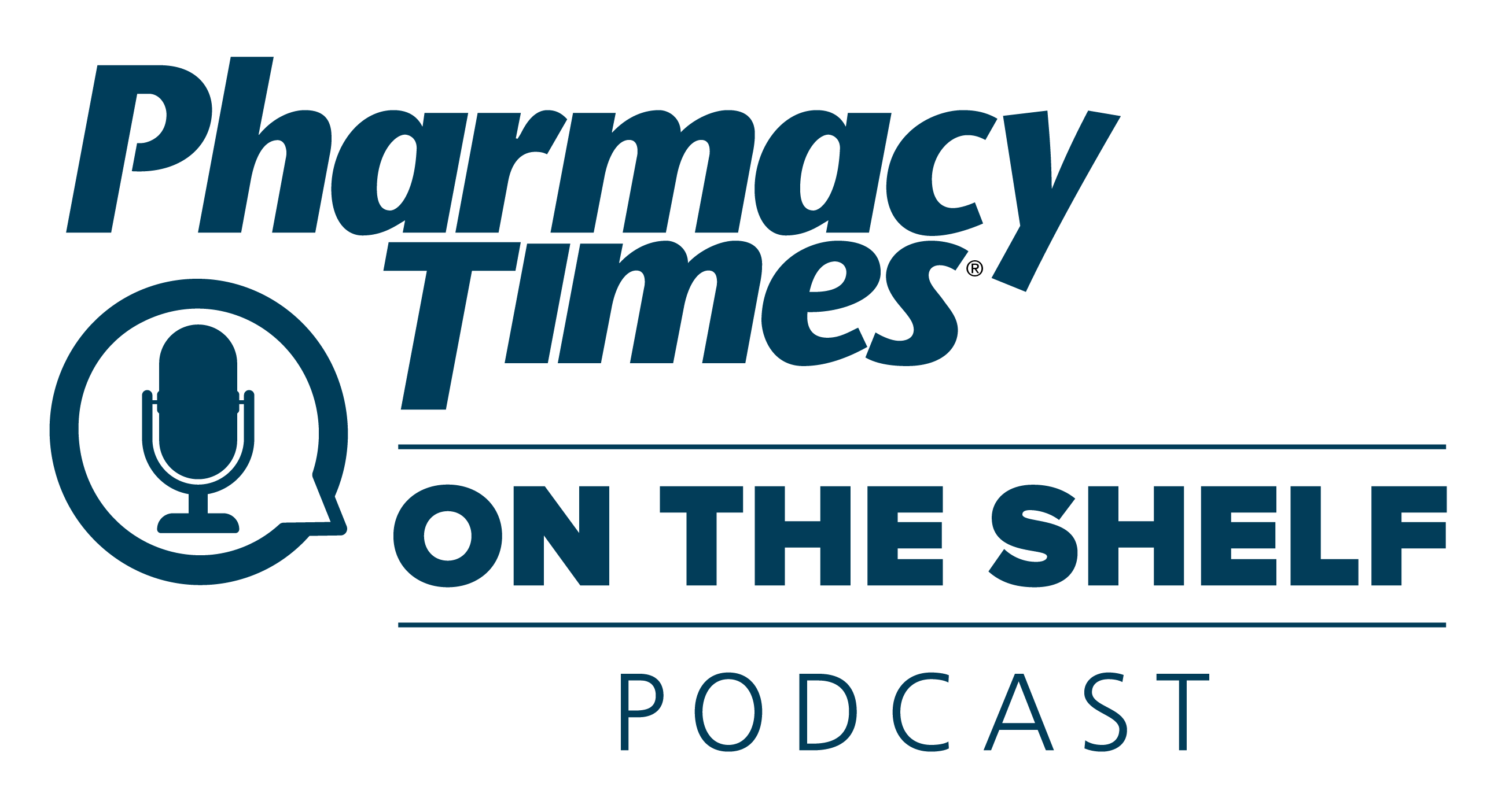Article
Cosentyx, Taltz Show Promise Treating Plaque Psoriasis
Author(s):
Psoriasis drugs achieve positive effects in remission and health-related quality of life.
The German Institute for Quality and Efficiency in Health Care (IQWiG) conducted 2 early benefit assessments of secukinumab (Cosentyx) and ixekizumab (Taltz), which showed both drugs derived indications of considerable added benefit in certain patients.
Secukinumab had previously undergone an early benefit assessment in 2015, in which IQWiG derived indications of minor and non-quantifiable added benefit. However, it was only for patients with no or inadequate response to previous systemic treatments or with contraindication or intolerance to treatments, according to IQWiG.
Data presented for the new early benefit assessment was derived from the PRIME study, in which fumaric acid esters were used in the comparator arm. Secukinumab demonstrated large positive effects in remission, as well as a touch of added benefit in health-related quality of life and of lesser harm in adverse events.
There were no negative adverse events in any outcome. Overall, this resulted in an indication of considerable added benefit of secukinumab in patients who are candidates for systemic treatment.
In the IXORAS study, ixekizumab was compared with ustekinumab for patients with no or inadequate response to previous systemic treatments. The study is currently ongoing, with data available for an interim analysis after 24 weeks.
Because there were notably more remissions with ixekizumab than in the comparator arm, there is an indication of a considerable added benefit in the morbidity outcome category.
There is also an indication of minor added benefit for health-related quality of life, which is accompanied by an indication of greater harm in the outcomes—–general disorders and administration site conditions.
Overall, there is an indication of a considerable added benefit of ixekizumab compared with ustekinumab for adults with moderate-to-severe plaque psoriasis with no or inadequate response to prior systemic treatments.
“Both assessments show that there are notable advances for patients also outside oncology,” said Stefan Lange, deputy director of IQWiG. “This is good news. We have one suggestion for improvement, however: In both studies, disease-related symptoms were analyzed only for fixed time points and only improvements were reported. This is adequate for the typical course of the disease with its ups and downs. It would be better to present and analyze the burden of symptoms for each patient over the total study duration. There are simple methods for this purpose.
“This would also make temporary flare-ups and permanent improvements or deteriorations visible, which are generally of greater importance to the patients than their condition on a single fixed day.”






